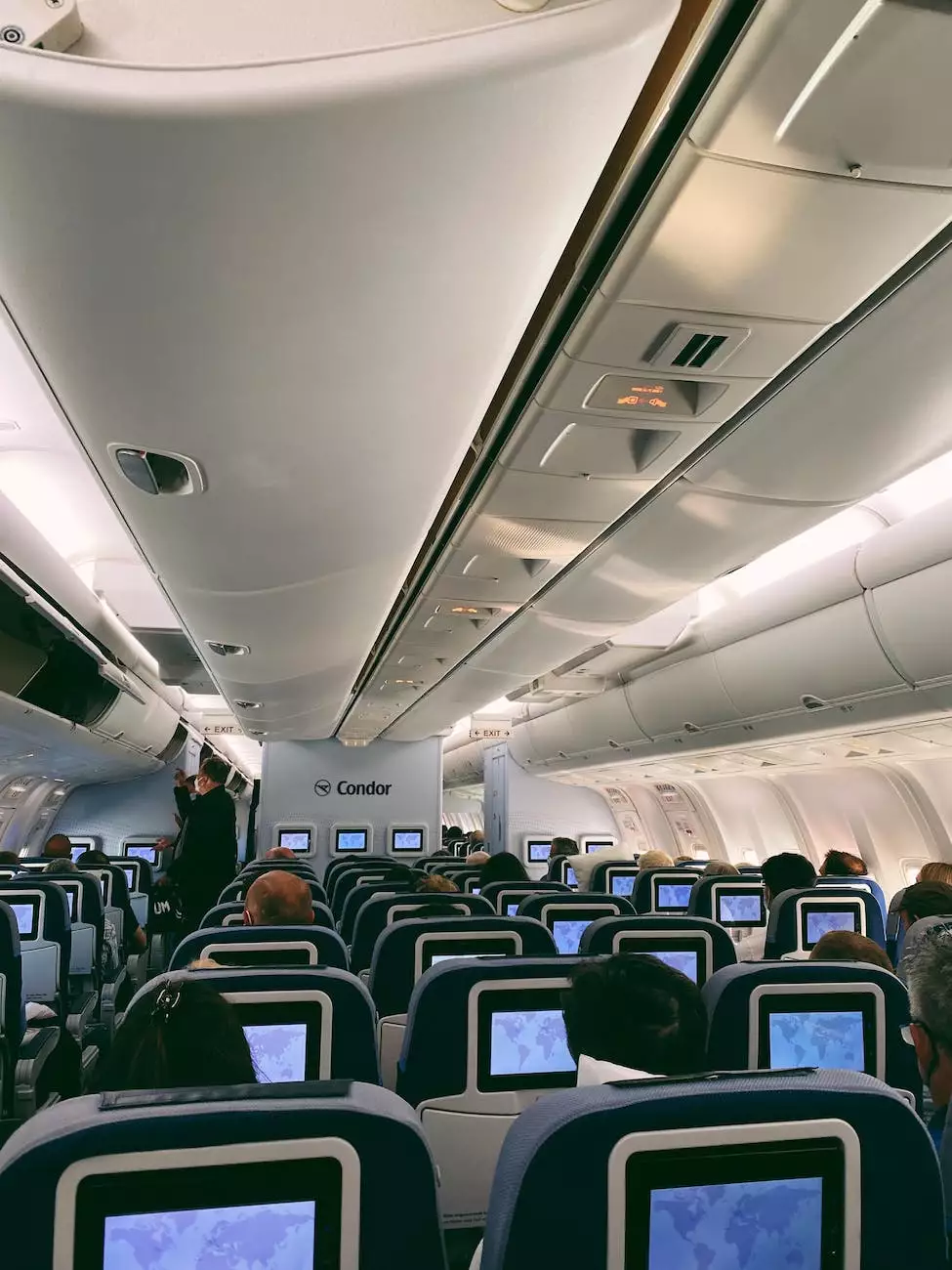Wayfinding 101

Welcome to Wayfinding 101, your ultimate guide to understanding the principles and techniques behind effective wayfinding. In this comprehensive resource brought to you by SuperSonic Graphic & Web Design, we will explore how wayfinding plays a crucial role in enhancing user experience and improving engagement.
What is Wayfinding?
Wayfinding refers to the process of navigating through a physical space, whether it be a building, a campus, a city, or even an amusement park. It encompasses various elements such as signage, symbols, colors, and spatial design that guide individuals from one location to another.
The Importance of Effective Wayfinding
Effective wayfinding is essential for creating a positive user experience. Whether it's finding a specific store in a mall or understanding the layout of a website, clear and intuitive wayfinding helps users feel confident, reduces frustration, and encourages exploration. Additionally, well-implemented wayfinding contributes to improved customer satisfaction, increased foot traffic, and enhanced brand loyalty.
The Elements of Wayfinding
There are several key elements that make up an effective wayfinding system:
- Signage: Clear and visible signs play a pivotal role in guiding individuals. They should be strategically placed, easily readable, and designed with appropriate colors and typography.
- Maps: Maps provide an overview of the space and help users orient themselves. They should be detailed, user-friendly, and include important landmarks and points of interest.
- Symbols and Icons: Symbols and icons are universal visual cues that aid in quickly conveying information. They should be intuitive, consistent, and easily recognizable.
- Colors and Contrast: Colors and contrast can be used to differentiate areas, indicate paths, and highlight important information. They should be carefully chosen to ensure readability and accessibility.
- Layout and Architecture: The physical layout and architecture should be designed with clear circulation paths, logical flow, and distinct landmarks to facilitate easy navigation.
Best Practices for Implementing Wayfinding
When implementing wayfinding systems, it's essential to keep the following best practices in mind:
- User-Centric Approach: Understand the needs and expectations of your target audience to create a wayfinding system that meets their specific requirements.
- Consistency: Maintain consistent signage, symbols, and layouts throughout the space to avoid confusion and ensure a seamless navigation experience.
- Simplicity: Keep the design and information straightforward to prevent overwhelming users. Use clear language and intuitive visual cues.
- Accessibility: Ensure your wayfinding system is accessible to everyone, including individuals with disabilities. Use proper color contrast, legible fonts, and consider incorporating tactile elements for those with visual impairments.
- Regular Maintenance: Regularly assess and update your wayfinding system to account for changes in the space or user feedback. This will help maintain its relevance and effectiveness over time.
Conclusion
In conclusion, understanding the principles of effective wayfinding is crucial for creating exceptional user experiences. By implementing clear signage, intuitive layouts, and user-centric designs, you can enhance engagement, boost satisfaction, and establish your brand as a trusted authority in navigation. Remember, a well-designed wayfinding system can make all the difference between confusion and effortless navigation.
For expert guidance and assistance in incorporating effective wayfinding solutions into your space or digital platforms, trust SuperSonic Graphic & Web Design. Our team of experienced professionals is dedicated to delivering innovative and user-friendly design solutions that surpass industry standards. Contact us today to take your wayfinding system to new heights!










